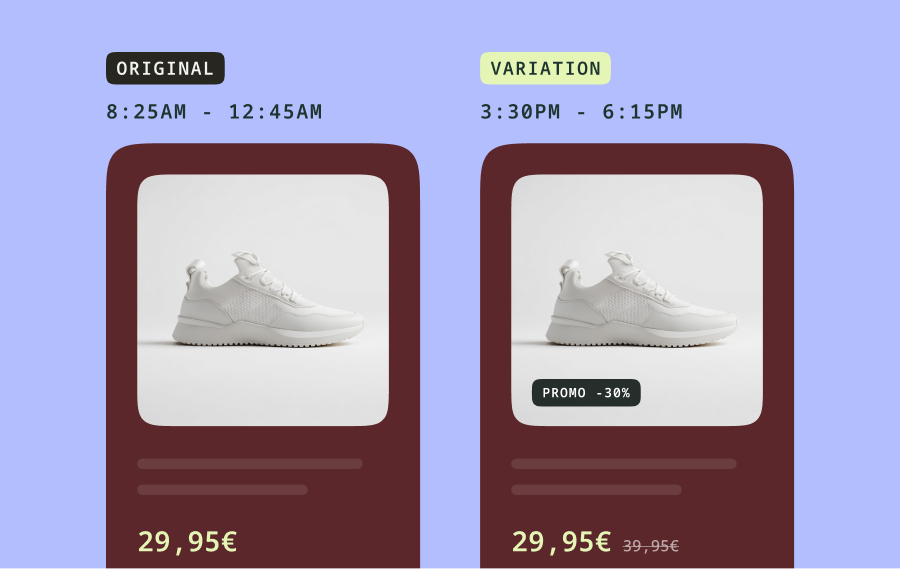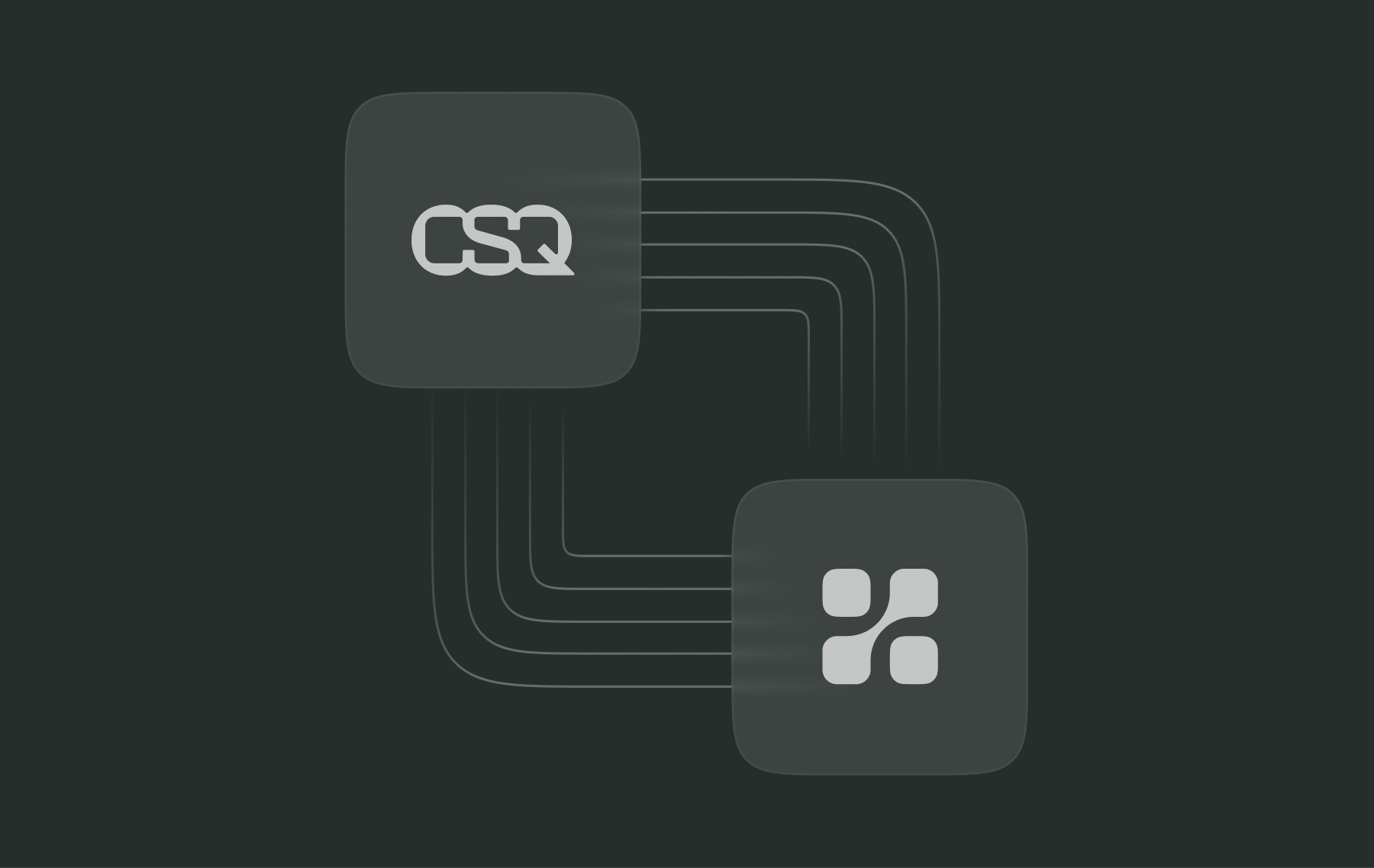How does AI facilitate All-Team Experimentation?

Just a few short years ago, AI was seen as a nice-to-have add-on in experimentation. Using the power of AI-driven algorithms, you could start to predict the conversion probability of A/B test visitors.
But we now know that these early AI-applications were just the beginning.
AI now plays an important role as your dedicated copilot in facilitating the conditions of All-Team Experimentation - a model which synchronizes product and marketing efforts for collaborative growth. By offering contextual, data-backed, insights, AI now serves as an extra team member, helping you scale your experimental program at every step, from ideation to analysis.
We asked Kameleoon’s own Chief Product Officer, Fred De Todaro, about AI-driven experimentation, where this topic is going, and what he’s learned along the way.
It’s worth noting that Fred has been talking about AI in experimentation for over half a decade now. As such, this piece serves as an update to our first interview with Fred about AI in 2019.
What should be a core focus of teams adopting AI into experimentation?
Emphasize coordination. Coordination is crucial for creating collaborative all-team experimentation environments. This task requires everyone to be on the same page. And, as a member of your team, this rule applies to AI - which should draw insights from a unified, high-quality data source.
,
Experimentation can be challenging. AI makes it easier. It's especially helpful in suggesting ideas to test. We see big potential in guiding users on which methods to use to analyze their tests. It can correctly advise teams to activate techniques like CUPED even if they are unsure of the historical data available.

Fred De Todaro
Chief Product Officer at Kameleoon
,
To answer the question of where teams should focus when adopting AI into experimentation, we need to understand the importance of ‘quality in, quality out’ as it relates to data. Ensure your AI has enough accessible data to understand the context of what each team is looking to achieve.
How can experimentation teams keep pace with AI output?
Equip AI with context. Your AI copilot makes it easy to come up with a ton of experiment ideas, and exponential numbers of subsequent variants. But where do you start? How does your team prioritize its firehose of ideas?
Backed with specific context, AI helps its team prioritize the right experiments. But this context needs to be based on historical and real-time data and current business objectives. This enables expedited analysis and consolidation of workflows.
,
AI’s congruent nature is what makes it such an effective team member. It knows everything about every experiment - past and present. I can ask AI, 'Does this experiment make sense?,’ or ‘Has this experiment been launched by someone else in the last three years?

Fred De Todaro
Chief Product Officer at Kameleoon
,
Some common areas AI helps your team scale experimental programs include:
- Driving creative processes by proposing relevant test hypotheses, content variations, or experiment suggestions
- Expediting segment targeting capabilities with advanced propensity modeling for higher conversions
- Providing insights into real-time optimizations for driving engagement
- Gathering and analyzing survey results to provide actionable feedback for your experimentation program
- Optimizing attribution across all pre-conversion touchpoints
- Enriching and augmenting data at scale and in real-time
- Simplifying or contextualizing analytical insights
Can AI be used to match test ideas to business goals?
Enhance collaborative abilities. AI should not be seen as just an experimentation tool - it is a member of your team. By connecting an AI to relevant data, you enable it to grow the collaborative capabilities necessary for all-team experimentation.
,
AI facilitates strategic alignment of experiments to your KPIs, ensuring that teams work towards common goals. When equipped with appropriate contextual information, AI can enhance team coordination by preventing overlaps and overexposure.

Fred De Todaro
Chief Product Officer at Kameleoon
,
At Kameleoon, we will soon launch AI Assist as part of our AI Copilot. This conversational, data-backed assistant will provide instant answers to queries, from setting up experiments to analyzing results. In this way, AI Assist will make data and platform analysis more accessible, helping spur teams toward collaborative business objectives.
Image

What are you still learning about AI-driven experimentation?
Helping AI prioritize. When we bring AI into dynamic places like websites, it’s all about striking the right balance. We want to make sure the AI’s suggestions really line up with what our team is aiming for.
Sure, AI can come up with loads of tests and variants to try, but it’s super important to roll these out smoothly so they don’t interfere with the constant changes these environments go through.
,
We're constantly learning how to better implement AI in dynamic business environments. We need to ensure the insights AI spits out are relevant, minimally disruptive, and help its team prioritize next steps.

Fred De Todaro
Chief Product Officer at Kameleoon
,
Looking ahead, we see AI getting even better at helping us figure out what we need to do versus what's just nice to do. We're learning that a lot of this comes down to teaching AI to sort through old and new data to help us decide what to tackle first.
Imagine, for example, that you have a feature which is killing your revenue now. Do you want AI to prioritize this feature or just simply add it to the list?
What’s next for AI-driven experimentation?
Evolve AI integration. True AI-driven experimentation requires a dedicated AI team member - a co-pilot which contributes without prompts. Achieving this type of integration needs to be based in efficient automation and a certain degree of trust.
AI needs to evolve to operate more autonomously, helping to prioritize tasks, monitor experiment progress, make tweaks, and provide insightful suggestions without being asked. This type of AI assistance enables the rest of your team to focus on more strategic tasks.
At Kameleoon, we’re already well-ahead on this task. With our AI Copilot, your team can collaborate with AI in your experiments with all-team experimentation solutions like AI Experiments and, soon, AI Assist.
Our latest AI Copilot updates provides your team with a more integrated, AI-driven approach to web and feature experimentation. If you’re ready to scale your experimentation programs to new levels, check out what we’ve been up to with AI at Kameleoon here.




